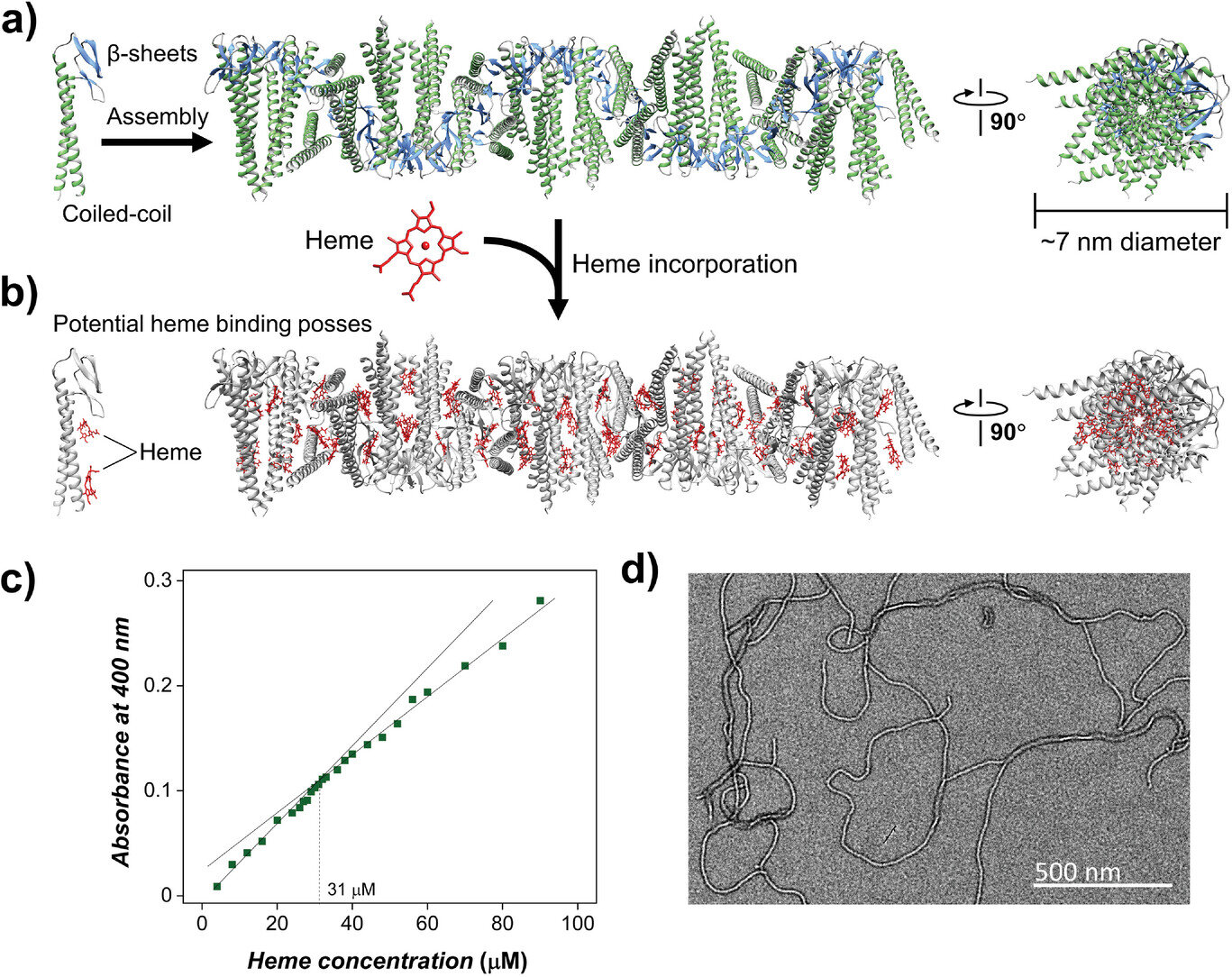
Engineered protein filaments originally produced by bacteria have been modified by scientists to conduct electricity...
Read More

Engineered protein filaments originally produced by bacteria have been modified by scientists to conduct electricity...
Read More
Huge spider glue genes proved exceptionally challenging to sequence, could lead to organic pest control and more. Researchers have determined the first-ever complete sequences of two spider glue genes...
Read More
Orthogonal programming of matrix stiffness and geometry via oxygen inhibition-assisted stereolithography.
University of Colorado Boulder engineers have developed a 3D printing technique that allows for localized control of an object’s firmness, opening up new biomedical avenues that could one day include artificial arteries and organ tissue. The study, which was recently published in the journal Nature Communications, outlines a layer-by-layer printing method that features fine-grain, programmable control over rigidity, allowing researchers to mimic the complex geometry of blood vessels that are highly structured and yet must remain pliable.
The findings could one day lead to better, more personalized treatments for those suffering from hypertension and other vascular diseases...
Read More
Artist’s concept of a stingray soft robot. (Image: UCLA)
UCLA bioengineering professor Ali Khademhosseini has led the development of a tissue-based soft robot that mimics the biomechanics of a stingray. The new technology could lead to advances in bio-inspired robotics, regenerative medicine and medical diagnostics. The simple body design of stingrays, specifically, a flattened body shape and side fins that start at the head and end at the base of their tail, makes them ideal to model bio-electromechanical systems on.
The 10-millimeter long robot is made up of four layers: tissue composed of live heart cells, two distinct types of specialized biomaterials for structural support, and flexible electrodes...
Read More
Recent Comments